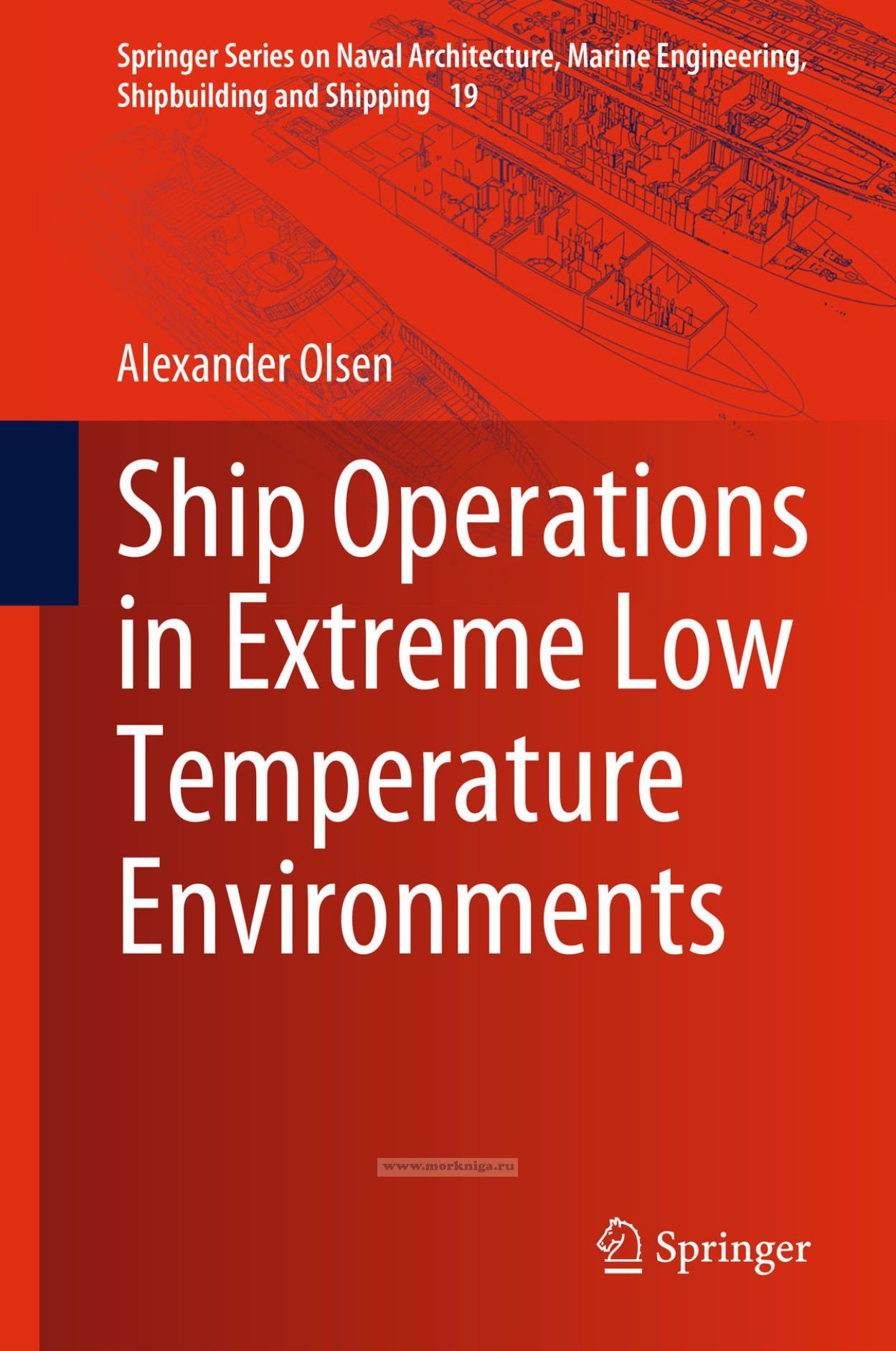Сб с 10 до 16
Ship Operations in Extreme Low Temperature Environments/Эксплуатация судов в условиях экстремально низких температур
Книга на английском языке
This book recognizes the fact that the vessels' intended operational profile may vary as some vessels are intended to operate with the assistance of an ice breaker and others are intended to operate independently. The guidance provided in this book is proposed to apply to all vessels that are designed, equipped and intended to operate in low-temperature environments. Special attention is given to those vessels operating for extended periods in the Arctic regions, as this presents specific and unique challenges for vessels and crew members. The application of the guidance in this book is optional. When a vessel is designed, equipped, built and surveyed in accordance with the relevant class rules, and when found satisfactory during class notation survey, a classification notation may be granted which demonstrates the vessel's compliance with the appropriate class requirements for vessels operating in low-temperature environments. Those vessels that are designed to meet the requirements of an ice class are typically required to meet specific class rules around “strengthening for navigation in ice” or other equivalent and recognized ice class rules.
Accordingly, this book also provides guidance related to the requirements which address the duration of emergency electrical power. This extended emergency power duration is expressed in hours and may be appended to the base optional class notations. To provide as much context as possible, this book refers to the most relevant international regulations and standards that are considered to be applicable. It is recommended that readers of this book refer to the most recent text of those regulations and standards when seeking to apply the guidance set out herein, as it is the intent of the book to remain consistent with the pertinent international regulations and standards developed by the global maritime industry.
Contents
Part I The Arctic Environment
1 Introduction
2 The Arctic Environment
3 Arctic Oceanography
4 Preparing the Vessel for Arctic Operations
5 Operating in Arctic Conditions
Part II Arctic Vessel Requirements
6 Arctic Vessel Hull Structure Materials, Welding and Coatings
7 Arctic Vessel Hull Construction and Equipment
8 Arctic Vessel Systems and Machinery
9 Arctic Vessel Safety Systems
10 Requirements for Speci?c Vessel Types
Part III Polar Class Notations
11 Structural Requirements for Polar Class Vessels
12 Machinery Requirements for Polar Class Vessels
13 Requirements for Enhanced Polar Class Notation
14 Requirements for Vessels Intended for Navigation in First-Year Ice
15 Baltic Ice Class Notation
Part IV Crew Health, Safety and Welfare
16 Extreme Low Temperature Safety
17 Extreme Low Temperature Training
Annex: Arctic Climate Data Sets
Glossary
References

